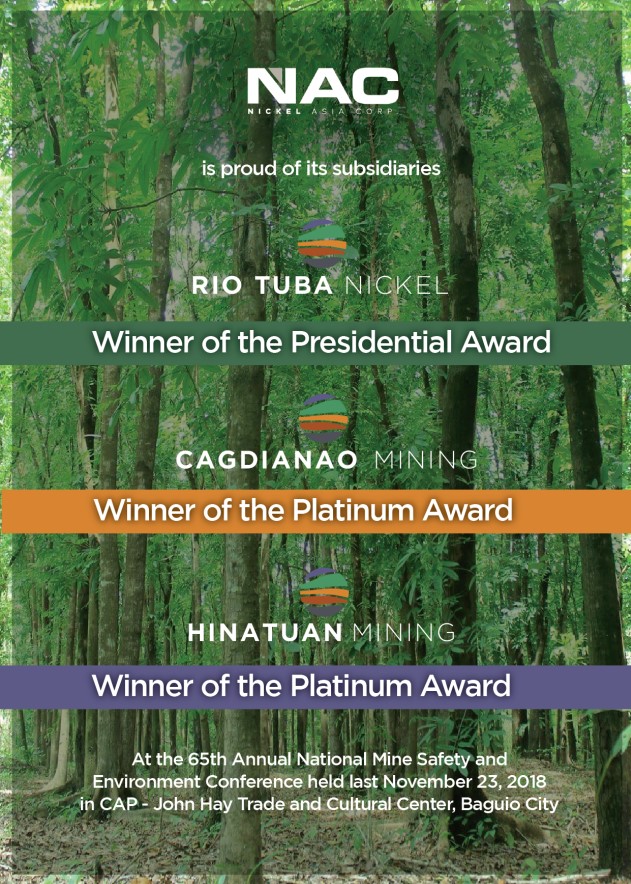Alaminos eyes two historical markers
KATIPUNAN, CITY FOUNDING
THE Alaminos City Culture and Arts Council met on September 2, Friday, to discuss the Alaminos City government’s plan to establish two historical landmarks in the city:
Date when a local Katipunan chapter during the Philippine Revolution was organized, and date of the city’s foundation since its humble beginnings as a pueblo (settlement).
Melchor Orpilla, an instructor at Pangasinan State University who is also a local historian and translator, and a recipient of the Kampeon ng Wika 2022 by the Komisyon ng Wikang Filipino, is tasked to do the research.
Orpilla, in an interview, said he sent a letter to the National Historical Commission of the Philippines (NHCP) last July 2022, requesting a marker for the founding of a Katipunan chapter in the city.
He sent a copy of a primary source, the Sipi’y Awaray Guelew, written by Katipunero Felipe Quintos (Historian completes translation in Pangasinan – Sunday Punch (dagupan.com)) and an attachment of the book “The Tinio Brigade: Anti-American Resistance in the Ilocos Provinces, 1899-1901,” written by Orlino Ochosa. He said more primary sources will be provided upon the NHCP.
Katipunan
According to published documents, the Alaminos chapter of the Katipunan was established on November 3, 1897 in a house owned by Don Doroteo de Francia in Sadsaran, Barangay Poblacion – in a lot where the western part of a large mall is now established.
Another proposed marker that establishes the liberation of Alaminos in March 7, 1899 that was led by General Roman Manalang in Western Pangasinan (Bani‘s forgotten “13 revolutionary martyrs” – Sunday Punch (dagupan.com))
The pueblos in then-Northern Zambales under Manalang’s leadership consisted of Alaminos, Agno, Anda, Alos (now a barangay in Alaminos City), Balingcaguin (now Mabini), Bani, Potot (now Burgos town), Bolinao, Dasol, Eguia (now a barangay of Dasol), Lingayen, Labrador, Sual, Salasa (now Bugallon), and Zaragoza (now a barangay in Bolinao).
Blast to the past
However, one thing is clear: Alaminos City has no known definite foundation date.
While the local history says that the pueblo of Sarapsap became a municipality in 1872 (City of Alaminos Pangasinan (alaminoscity.gov.ph)), recently-discovered documents shed more light on the matter, prompting the need to revise and rectify the city’s history.
Updated primary documents from the Diocese of Alaminos says that a pueblo called San Jose de Soyang was established in 1610 by Augustinian Recollects. The name Soyang was adopted to honor a Zambal-Bolinao chieftain of the community.
The pueblo was later relocated to a place near the shore, and was renamed Casborran, meaning “place of springs” in 1735.
However, after a conflagration that burned the pueblo to the ground, it was again relocated in the 1770’s to another area, which was called Sarapsap since.
Sarapsap was later renamed Alaminos, in honor of then-Governor-General Juan Alaminos y de Vivar on October 10, 1873. The date was based on a primary document gathered from the National Archives from the Ereccion de Pueblos – Zambales.
Armed with discovered primary sources, the Alaminos City government is set to make things right once and for all.
While October 10 is to be celebrated as “Alaminos Day”, Orpilla emphasized that it is not the foundation date.
“We need to go deeper, and that’s what we are planning to do”, he said.
The PUNCH will continue to monitor any historical updates in Alaminos City and in other parts of Pangasinan. (Ahikam Pasion)







